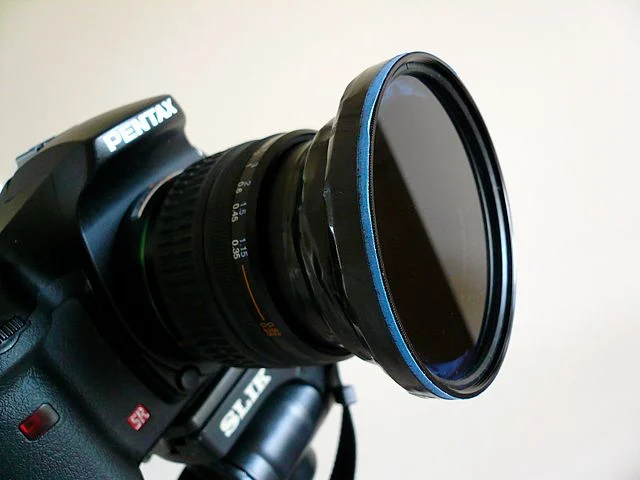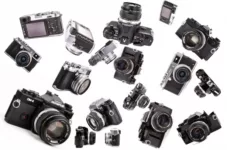The digital photography business has become a proper industry in the last several years. Digital cameras encompass virtually all price ranges and personal preferences. Digital photography is considered to be quite confusing and complex, especially for beginners who’d like to do more than just shoot an occasional picture here and there. Most struggle with the fact that they can’t always capture exactly what they saw through the viewfinder. The key aspect of photography is knowing precisely what you need to do in order to get a perfect shot in every situation.
Digital camera types
Digital cameras come in two different types. The first type is the classic point and shoot, which is small, lightweight and highly portable camera that has a fixed lens which cannot be changed. They are the most popular kind, due to their automatic, user-friendly features. The second is the DSLR or digital single lens reflex camera. They are often heavier and a lot bulkier, but they come with lenses which can be changed, depending on the situation or the type of photography they’re being used for. They’re also significantly more expensive when compared to a point and shoot, however, they are the weapon of choice for professional photographers, due to the high image quality they produce.
Understanding the camera lingo
There’s more than one camera setting that determines the image quality. Unfortunately, most people simply do not understand what those settings include and the jargon used by professionals and camera enthusiasts can be a bit overwhelming at times, but we’ll try to cover all of them. Shooting modes include pre programmed presets for shooting and all you have to do is pick the one that suits you best. Metering modes are used to measure the amount of light reflected by the object in the scene.
Histogram measures brightness and color and presents it as a graphic, while the white balance reflects how the camera regulates the color temperature in images. Although our eyes have a natural ability to automatically adjust any color differences that might occur in different lighting situations, digital cameras need measure and compensate for those differences. Focal length represents the how much the lens is zoomed in your photographs and the more zoomed your lens is, the higher the focal length will be. Finally, depth of field tells you the distance between the furthest and the closest object in a photo.
Making sense of the exposure triangle
The term “exposure triangle” might sound like something coming straight out of a calculus class. In reality, the term describes how aperture, ISO, and shutterspeed all work together to control the amount of light coming into a photograph. Aperture controls how much light gets into the camera, ISO controls the sensitivity of the sensor and shutter speed regulates how long should the sensor be exposed to light. They are all very important and changing even one of these settings requires you to change the other two.

Accessories
Professional photography can’t be imagined without the use of various camera equipment. Tripods are used stabilize the camera allowing for a good action shot or a steady movie shot. Flashes are often used in low-light situations, however, professionals advise against using it indoors, as it tends to wash the faces out. Filters are used to limit the amount of light by blocking certain wavelengths and come in different varieties, such UV, linear and circular polarizers and neutral density, or nd filters.

This certainly isn’t a full-fledged, all-inclusive decryption of every single aspect of digital photography. That said, the information provided in this article should be viewed as a starting point for learning more about cameras and photography in general. Don’t be afraid to play around with different settings on your camera, the best way to learn is through firsthand experience and good old trial and error. And don’t forget to shot a ton of pictures. Even the best photographers in the business take hundreds of pictures before picking one that’s better than all the rest.








